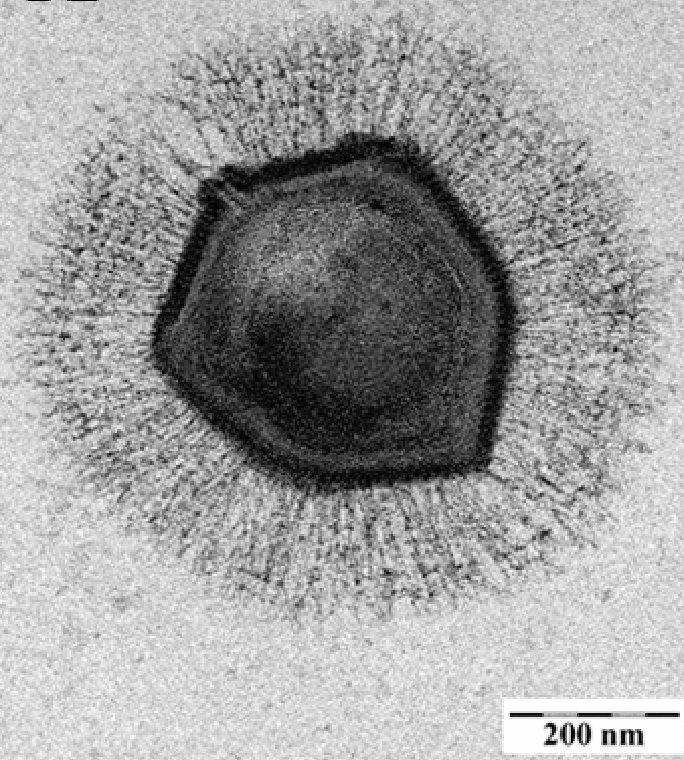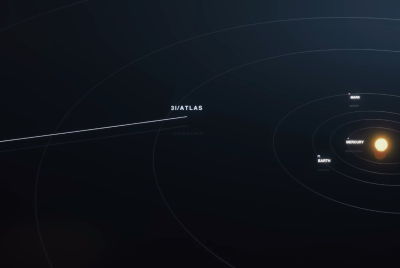Giant virus discovered with its own CRISPR-like immune system

A giant virus has been discovered with its own immune system. French scientists found these giant virus defence mechanisms work in a similar way to the CRISPR-Cas system, whereby the virus learns to recognise invaders, capture their genetic material and use this information to destroy them. It is a mechanism similar to how antibodies work.
Giant viruses were first discovered over a decade ago. They are far larger than normal viruses, measuring around half a micrometer, meaning they are visible by a light microscope. Since 2003, over 150 different giant viruses have been identified and scientists now know they are far more complex than normal viruses, with over 900 genes.
What the giant viruses did with all those genes and why they have them in the first place has remained a mystery. However, scientists do know that giant viruses can get infected by normal viruses – known as virophages.
Researchers from the Unité de Recherche sur les Maladies Infectieuses et Tropicales Emergentes (URMITE) have now found that some of the giant viruses genes are used as a defence mechanism against virophages. They reported their findings in the journal Nature.
CRISPR
CRISPR-Cas is a prokaryotic (including archaea and bacteria) immune system that works by becoming resistant to invaders, providing a form of immunity. Scientists are currently looking at its potential for gene editing, by altering the germline of organisms, for example.
Looking at a specific virophage called Zamilon, the team noticed the virus infects some giant viruses but not others. The team suggested this could indicate the evolution of a defence system, Nature magazine reports.
The team tested the idea by analysing the genomes of 59 viral strains to look for sequences that match the Zamilon viophage. If it was present, it would mean the giant virus had captured some of its genetic make-up to use as a defence mechanism. And they found just that, with giant viruses resistant to Zamilon harbouring a short stretch of DNA that matched the viophage.
Study co-leader Didier Raoult said because giant viruses are competing for resources against other microbes and viruses, it would make sense that they had developed an immune system.
They say that the discovery of a working immune system in a mimivirus bolsters their claim that the giant virus represents a new branch in the tree of life. "They are facing the same kind of challenge that prokaryotes have when they live in communities: they need to fight against viruses and prokaryotes. I even suspect they secrete antibiotic compounds," he said.
Furthermore, the researchers believe this discovery adds weight to the idea that giant viruses represent a new branch of the tree of life. Scientists are currently debating whether they recently evolved from cellular life into simple parasites, or if they represent an ancient branch that broke off long ago, before cellular life as we know it existed. Finding an immune system in a virus, the team say, supports the latter theory.
© Copyright IBTimes 2025. All rights reserved.






















